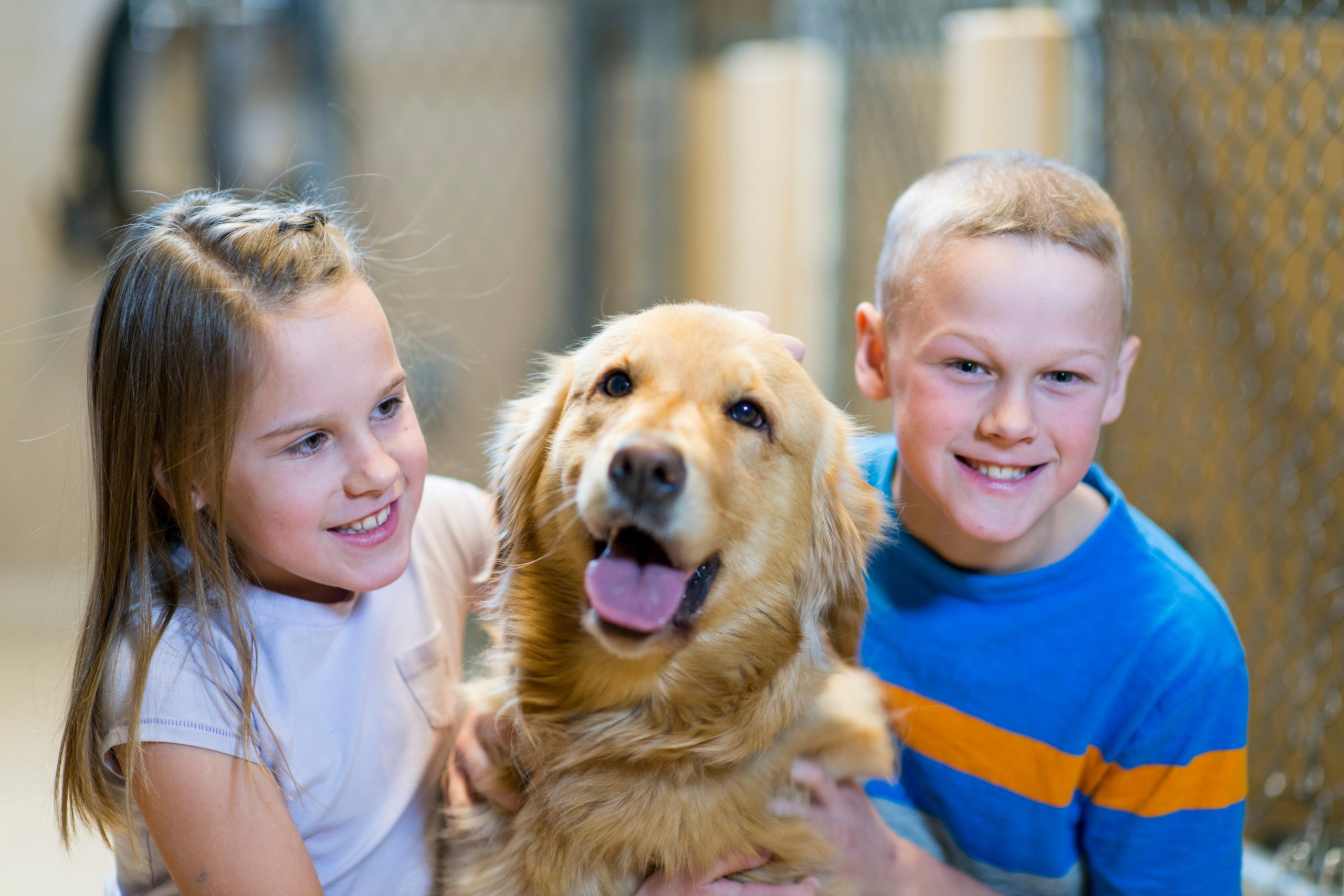Are you a first-time pet owner? Congratulations on your new furry family member! While owning a pet can be a rewarding experience, it also comes with its challenges. From training to feeding, there are many things to consider when taking care of a pet. To ensure a smooth transition into pet ownership, it’s important to be prepared and knowledgeable. In this article, we will discuss 10 essential tips that every first-time pet owner should know. Whether you have just adopted a puppy, kitten, or any other type of pet, these tips will help you provide the best care and create a loving environment for your new companion.
Bringing a pet into your home is an exciting time, but it can also be overwhelming. Many first-time pet owners may not be aware of the responsibilities and commitments that come with owning a pet. It’s important to be prepared and informed to ensure the well-being of your new furry friend. By following these essential tips, you can navigate the challenges of pet ownership with confidence and provide the best care for your beloved pet.
Benefits of Being a Responsible Pet Owner
Responsible pet ownership has numerous benefits for both the pet and the owner. The pet’s health and well-being are significantly improved through regular exercise, proper nutrition, and routine veterinary care. This leads to a longer and happier life for the pet. Responsible pet owners also provide a stable and loving environment, leading to reduced stress and anxiety for the pet.
Furthermore, the relationship between the pet and the owner is strengthened through responsible pet ownership. Regular training, playtime, and socialization create a bond built on trust and affection. This bond not only brings joy and companionship to the owner but also enhances the pet’s emotional well-being.
In addition, responsible pet ownership can lead to a happier, healthier, and more fulfilling life for both the owner and the pet. It also has a positive impact on the community by promoting responsible pet ownership and reducing the number of stray animals. This, in turn, helps reduce the burden on animal shelters and prevents issues such as overpopulation and neglect. Overall, responsible pet ownership benefits the pet, the owner, and the community as a whole.
1. Choose the Right Pet for You
Choosing the right pet or Домашни любимци for your lifestyle involves considering several important factors. First, consider the breed, size, and temperament of the pet. Certain breeds may require more exercise or grooming, while smaller pets may be better suited for apartment living. Temperament is also crucial, as it should match your lifestyle and personality.
Researching the specific care requirements and potential long-term impact of different pets is essential. This includes understanding their nutritional needs, exercise requirements, and potential health issues. By doing thorough research, you can ensure that the pet you choose is a good fit for your lifestyle and that you are prepared to meet their needs.
Selecting the appropriate food for your pet is crucial for their health and well-being. High-quality pet food can prevent health problems and save money on potential veterinary bills. Consulting with a veterinarian can also help in selecting the right food for your pet based on their breed, size, and any specific health concerns.
Ultimately, finding the right pet for you involves considering your lifestyle, the pet’s needs, and being prepared to provide the necessary care and attention. This will ensure a happy and healthy relationship between you and your new furry friend.
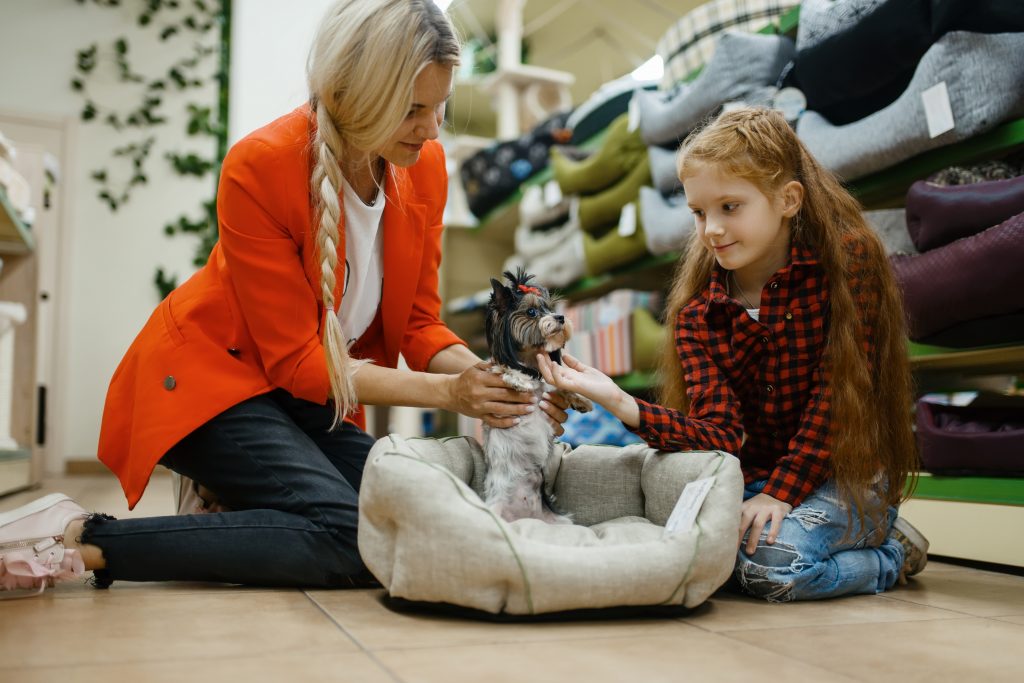
2. Prepare Your Home and Finances for a New Pet
Before bringing a new pet into your home, it’s important to take steps to ensure their safety and well-being. Begin by pet-proofing your space, removing hazardous items such as toxic plants, small objects that could be swallowed, and securing cords to prevent injury. Ensure that any potentially harmful household products are safely stored out of reach.
Next, gather all necessary supplies including food, water bowls, a comfortable bed, toys, and grooming tools. Depending on the type of pet, you may also need a litter box, scratching post, or training pads.
In addition to one-time supplies, it’s essential to budget for ongoing expenses such as food, grooming, and medical care. Consider putting aside funds for unexpected veterinary costs to ensure you can provide your pet with the care they need if an emergency arises.
It’s also a good idea to research and choose a reputable veterinarian and factor in the cost of regular check-ups and vaccinations into your budget.
By taking these steps to prepare your home and finances, you can give your new pet the best possible start in their new environment.
3. Establish a Daily Routine for Your Pet
My pet’s daily schedule is designed to provide structure, exercise, and socialization. Each day starts with a morning walk or playtime in the yard to ensure physical activity. Feeding times are set for breakfast and dinner, providing balanced nutrition and consistency. Throughout the day, interactive play sessions are scheduled to keep my pet engaged and entertained. Socialization is incorporated through visits to the dog park or playdates with other furry friends, fostering positive interactions with other animals. My pet wears identification tags at all times and is microchipped for added security. In case of emergencies, I have a pet first aid kit and a plan in place for evacuation if needed. My home is pet-friendly with designated areas for eating, sleeping, and playing, and there are no harmful substances within reach. By establishing a daily routine that includes exercise, socialization, and safety measures, my pet can thrive in a structured and secure environment.
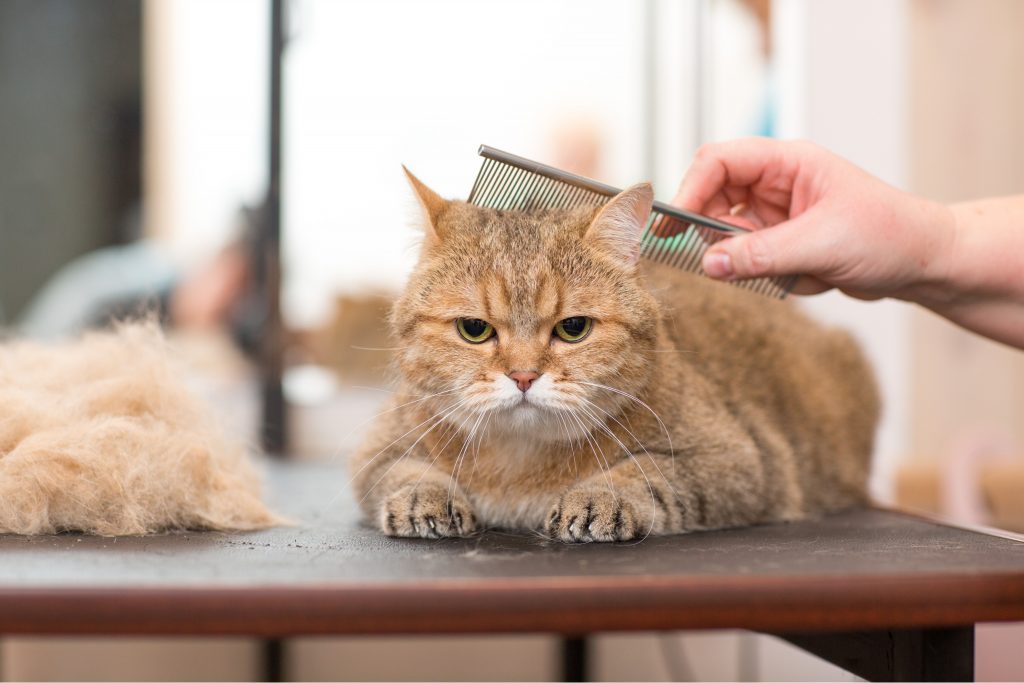
4. Create a Safe Environment for Your Pet
Potential hazards that can harm your pet include toxic plants such as lilies, azaleas, and philodendron, small objects like rubber bands and paperclips that can be ingested, and household chemicals such as cleaners, pesticides, and medications. To create a safe environment for your pet, it is essential to keep both edibles and non-edibles out of reach. Store household chemicals and medications in cabinets or high shelves where your pet cannot access them. Additionally, be mindful of the plants in your home and ensure they are non-toxic to your pet.
Remove small objects from the floor and keep them stored away in areas that are inaccessible to your pet. Consider pet-proofing your home by covering electrical outlets and securing loose wires to prevent potential electrocution. Providing designated pet-safe areas in your home and keeping harmful substances out of reach will help ensure a pet-friendly environment and promote pet safety. Regularly inspecting your home for potential hazards and taking appropriate measures to remove them will help keep your pet safe and healthy.
5. Schedule a Vet Visit and Follow Up Appointments
Are you a new pet owner? Congratulations on your new furry family member! It’s essential to schedule a vet visit for your pet to ensure their health and well-being. During the visit, discuss with the veterinarian about the required vaccinations, spaying/neutering, flea and tick prevention, and appropriate diet for your pet. These are crucial factors that will contribute to your pet’s overall health and quality of life.
Don’t forget to schedule follow-up appointments for regular check-ups. Regular vet check-ups are vital in monitoring your pet’s health and addressing any potential issues early on. It’s also a great opportunity to discuss any concerns or questions you may have about your pet’s well-being.
Remember, addressing health issues as soon as possible is key, so it’s vital to stay on top of vet appointments. By doing so, you can ensure that your pet stays healthy and happy for years to come. Prioritize your pet’s health by scheduling that vet visit and follow-up appointments today.
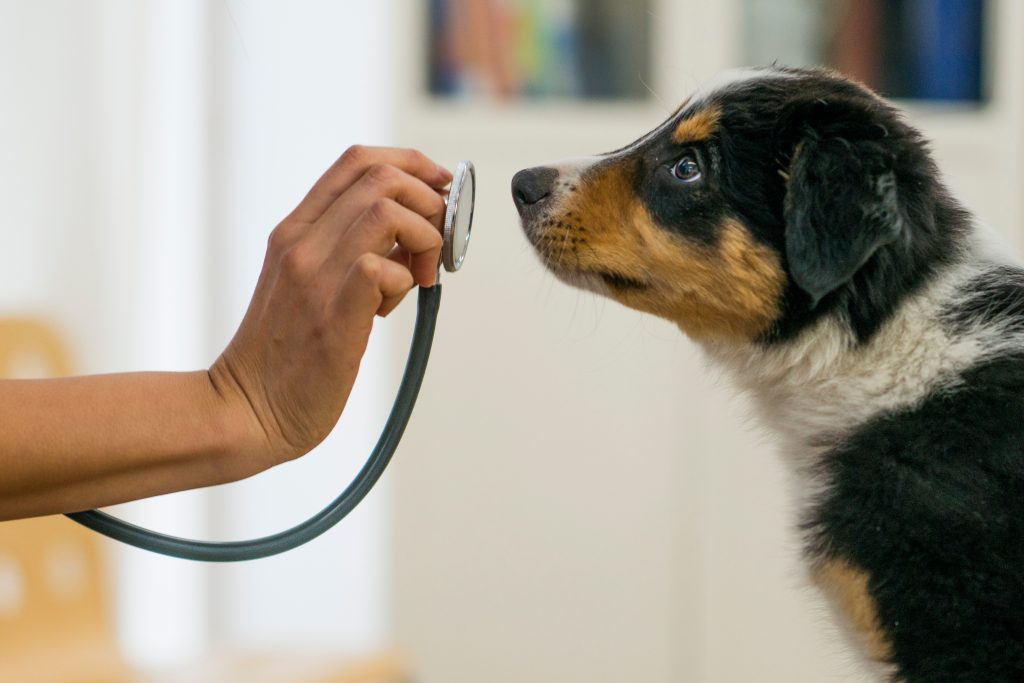
6. Socialize Your Pet with Other Animals and People
Socializing your pet with other animals and people is crucial for their development and well-being. Take your pet to different places like the dog park, pet store, and on walks in your neighborhood to expose them to new sights, smells, and experiences. Arrange puppy playdates and supervised visits with other pets to encourage positive interactions and help build their social skills.
It’s important to introduce your pet to various individuals, including friends and family members, to ensure they feel comfortable and well-behaved around different people. Socialization helps your pet become more confident and adaptable, which can prevent behavior problems and anxiety in the future.
By exposing your pet to different animals, people, sights, and sounds, you are helping them become well-rounded and well-adjusted pets. This will ultimately lead to a happy and fulfilling life for your pet, as well as a positive experience for those they encounter. Remember that positive interactions and experiences are key in the socialization process.
7. Provide Proper Training and Discipline for Your Pet
It is crucial to provide proper training and discipline for your pet to ensure they are well-behaved, safe, and happy. Obedience training is essential as it helps to establish a strong bond between you and your pet, teaches them important commands for safety, and prevents behavioral problems. Socialization is also vital for your pet to be confident and well-adjusted around other animals and people.
Reinforcing good behavior is essential in pet training, and positive reinforcement has been proven to be the most effective method. Consistency and patience are also key components in pet training to ensure that your pet understands what is expected of them and to prevent confusion.
There are various training options available for dogs, such as basic obedience, advanced tricks, agility work, and dock jumping. Each of these options provides mental and physical stimulation, strengthens the bond between you and your pet, and can even lead to participating in competitions.
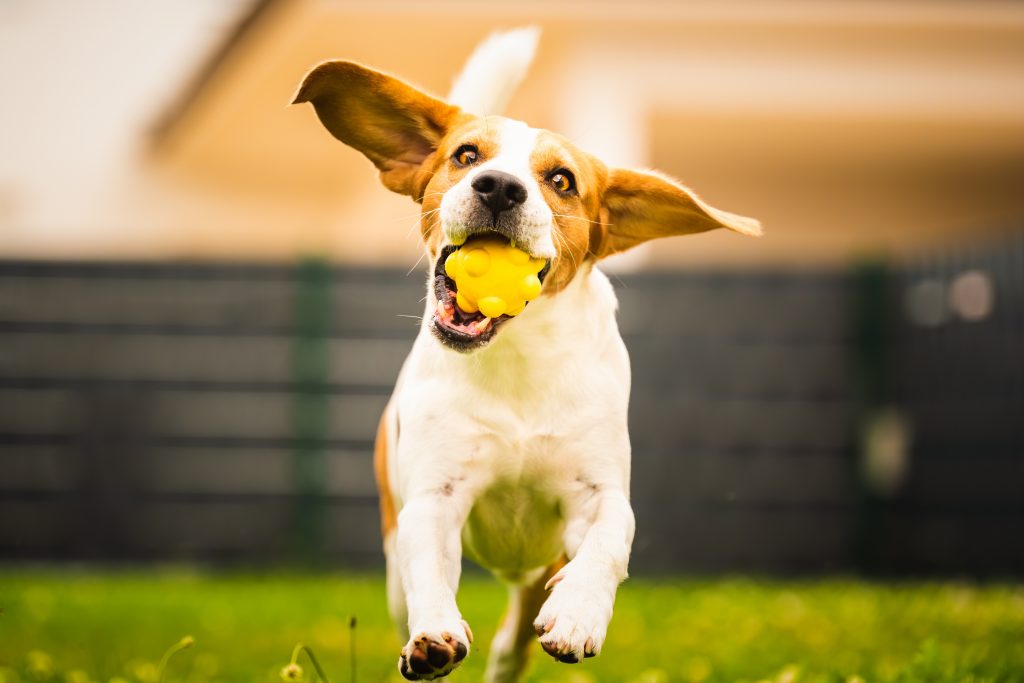
8. Invest in Essential Pet Supplies
When bringing a new pet into your home, it’s crucial to have the essential pet supplies on hand to ensure their well-being and happiness. These supplies include a comfortable bed for them to rest and sleep in, pet food and bowls for their nourishment, toys to keep them entertained and active, and grooming supplies to keep them clean and healthy.
A comfortable bed provides a safe and cozy space for your new pet to relax, rest, and feel secure in their new environment. Proper pet food and bowls are essential to ensure they receive the necessary nutrients for their growth and energy levels. Toys not only provide mental and physical stimulation but also help prevent behavioral problems and promote a healthy weight.
Grooming supplies, such as brushes and shampoo, are crucial for maintaining their hygiene and preventing skin and coat issues. Additionally, having a guide to buying a cat or dog can offer valuable insights into their specific needs, behaviors, and training tips, ensuring a smooth transition for both the pet and the owner.
By investing in these essential pet supplies, you’re setting your new pet up for a happy, healthy, and fulfilling life in their new home.
9. Prioritize Regular Exercise and Mental Stimulation
Regular exercise and mental stimulation are crucial for the overall well-being of pets. Just like humans, pets need to stay physically and mentally active to lead happy and healthy lives. Providing regular exercise and mental stimulation for pets is essential to prevent destructive behaviors such as chewing, excessive barking, and aggression.
For dogs, going on daily walks, playing fetch, or engaging in interactive games can help keep them physically and mentally stimulated. Additionally, training sessions and puzzle toys can challenge their minds and prevent boredom. Cats can benefit from exercise through interactive play using toys such as feather wands or laser pointers. Providing scratching posts and puzzle feeders can also help keep them mentally engaged.
Neglecting regular exercise and mental stimulation for pets can lead to obesity, which in turn can lead to various health issues such as diabetes and joint problems. Behavioral issues, such as excessive barking, anxiety, and destructive chewing, are also common consequences of not providing enough physical and mental stimulation for pets.
10. Show Love, Patience, and Commitment to Your Pet
To show love, patience, and commitment to your pet, it’s important to spend quality time with them, providing consistent care, attention, and being patient as they adjust to their new home. Incorporate playtime, regular exercise, and grooming into your routine to ensure their physical and emotional well-being.
Spend time with your pet each day, whether it’s going for a walk, playing with their favorite toys, or simply cuddling on the couch. This quality time together helps strengthen the bond between you and your pet, showing them love and attention.
Consistent care is crucial for your pet’s health and happiness. This includes feeding them on a regular schedule, taking them for walks, and providing them with a safe and comfortable living environment.
Be patient and understanding as your pet adjusts to their new home. Give them time to acclimate to their surroundings and establish trust with you.
By consistently attending to their needs, offering love and understanding, and being patient as they settle into their new environment, you demonstrate your commitment to your pet’s well-being.
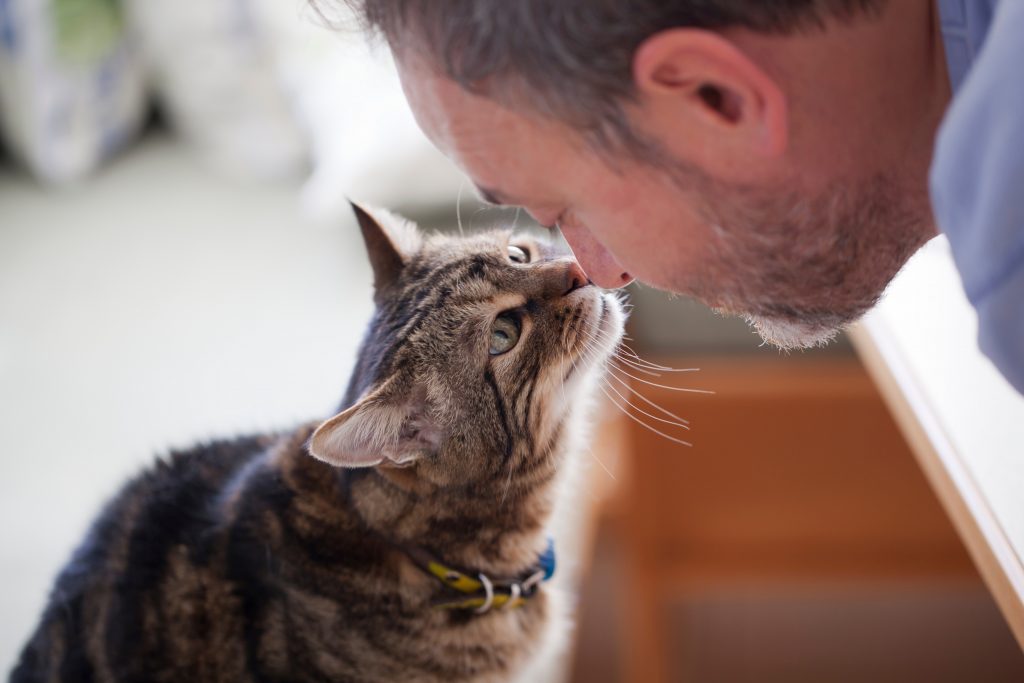
Conclusion
In conclusion, owning a pet can be an incredibly rewarding experience, but it is important to make sure you are adequately prepared for the responsibility. By taking into account these 10 essential tips, first-time pet owners can ensure they have a fulfilling and successful relationship with their furry friend. From doing research on the right pet for your lifestyle, to finding an experienced veterinarian to providing plenty of exercise and affection, following these simple steps will help make the transition to pet parenthood a pleasant and enjoyable one.

